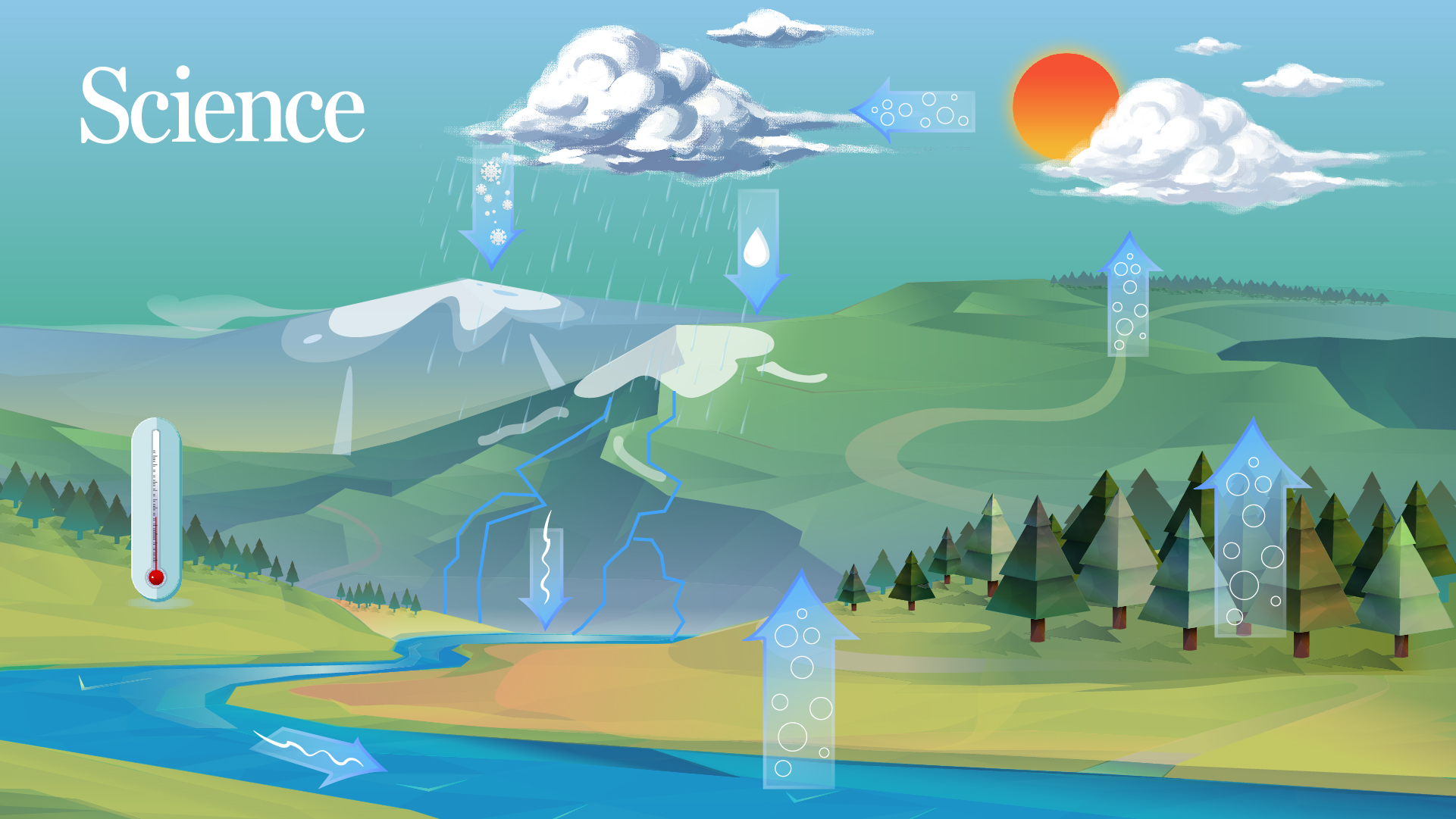Recently, Professor Junguo Liu from the School of Environmental Science & Engineering (ESE) at the Southern University of Science and Technology (SUSTech), in collaboration with an international research team including scientists from ETH Zurich (Switzerland), SUSTech (China), NIES (Japan), University of Adelaide (Australia) and 15 other institutes, published a paper in Science, a high-impact journal, entitled “Globally observed trends in mean and extreme river flow attributed to climate change.” River flow has changed significantly worldwide in recent decades and this research team has now demonstrated that it is climate change, rather than water and land management, that plays a crucial role at a global level.

Climate change is affecting the water balance of our planet. Depending on the region and the time of year, this can influence the amount of water in rivers potentially resulting in more flooding or drought. River flow is an important indicator of water resources available to humans and the environment. The amount of available water also depends on further factors, such as direct interventions in the water cycle or land-use change. For example, if the water is diverted for irrigation or regulated via reservoirs or forests are cleared and monocultures have grown in their place, this can have an impact on river flow.
However, how river flow has changed worldwide in recent years was so far not investigated using direct observations. Similarly, the question of whether globally visible changes are attributable to climate change or to water and land management had not been clarified.

Comparison of observed and reconstructed regional median river flow trends (1971–2010)
Now, the international research team has succeeded in breaking down the influence of these factors after analyzing data from 7,250 measuring stations worldwide. The study demonstrates that river flow changed systematically between 1971 and 2010. Complex patterns were revealed; some regions such as the Mediterranean and north-eastern Brazil had become drier, while elsewhere the volume of water had increased, such as in Scandinavia.
Chair Professor Junguo Liu from the School of Environmental Science & Engineering (ESE) at SUSTech is a member of the international team that authored this paper. His research was supported by the National Natural Science Foundation of China (NSFC) and the Strategic Priority Research Program of the Chinese Academy of Sciences.
Paper link: https://science.sciencemag.org/content/371/6534/1159
Proofread ByAdrian Cremin, Yingying XIA
Photo By